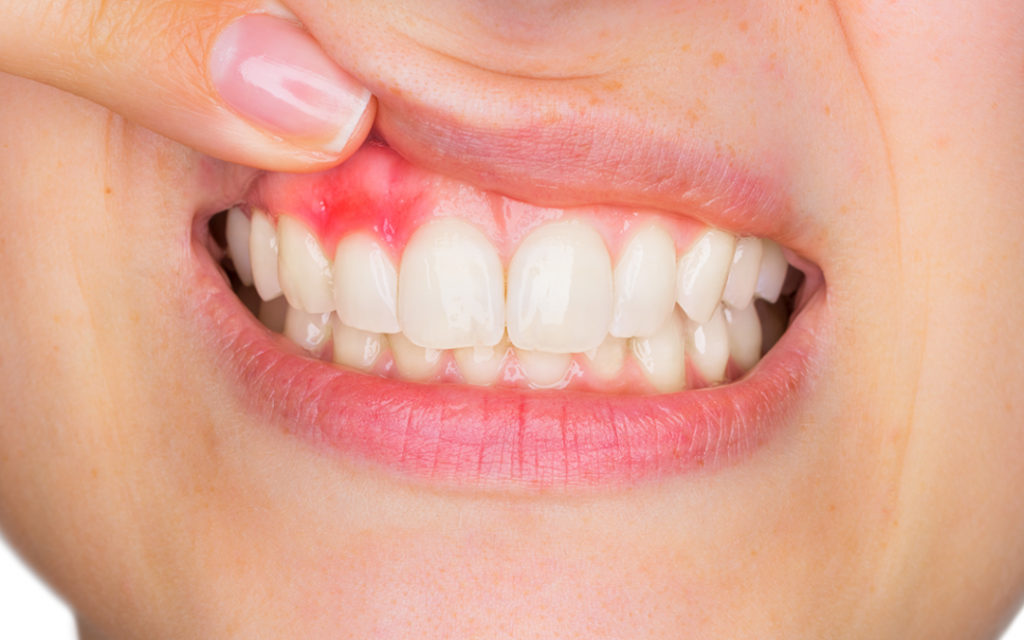There are 36 million people living with gum disease in the United States. Gingivitis is the mildest form of this condition, but left untreated, it can lead to conditions that can wreak havoc on your body. Your mouth and body are intrinsically connected — one affects the other and vice versa.
What Is Gingivitis, Anyway?
Even after being told they have it, many people still wonder, “What is gingivitis?” This form of gum disease is generally caused by lack of proper oral hygiene, which creates dental plaque buildup. If it remains, plaque hardens into dental tartar. Tartar is nearly impossible to remove with just a toothbrush. The result is a hotbed of bacteria.
Plaque irritates your gums and causes an infection. Your body then catapults into an immune response to attack the infection. The result? Inflamed gums. What’s worse is periodontal bacteria can enter your blood stream and make its way to your major organs, causing even more trouble. Research indicates that without gingivitis treatment, this condition can:
- Lead to heart disease
- Increase your risk for stroke
- Increase the odds that pregnant women will have preterm, low birth weight babies
- Aggravate existing health conditions
- Contribute to new medical problems including, diabetes, respiratory disease and osteoporosis
One form of gingivitis, called acute necrotizing ulcerative gingivitis, develops quickly and causes moderate to severe pain. Acute necrotizing ulcerative gingivitis (often referred to as trench mouth) destroys tissue and should be treated as soon as possible. Without treatment, acute necrotizing ulcerative gingivitis can spread.
Gingivitis Symptoms
Gingivitis symptoms can be tough to detect. In the early stages of periodontal disease, there may not be any signs to tell you something is wrong. Gingivitis symptoms are more likely to include:
- Soft, swollen, red gums
- Bleeding gums
- Color change of the gums from pink to dark red
- A pink toothbrush (and not from the toothpaste)
If you’ve experienced one or more of these gingivitis symptoms, it’s time to see a dentist. Gingivitis treatment can stop the disease in its tracks.
Gingivitis Treatment
Gingivitis treatment isn’t as scary or as painful as you might think. Your dentist may use scaling and root planing to remove plaque and tartar. Your gingivitis treatment may also include a deep cleaning. To keep gingivitis symptoms at bay, practice good oral hygiene; brush twice a day, floss daily and use anti-bacterial mouthwash.
Gingivitis treatment can complete reverse the problem and put your gums back on the road to good health. If you’re encountering one or more gingivitis symptoms, talk to your dentist.

